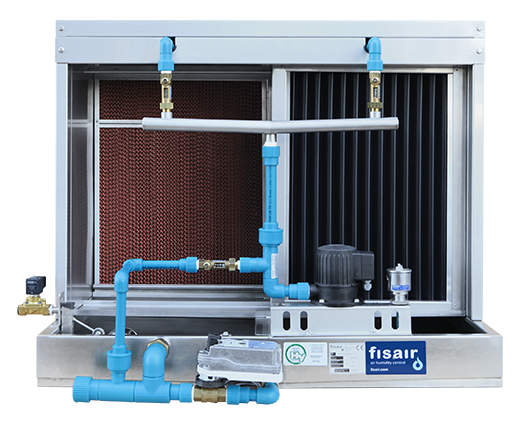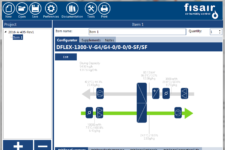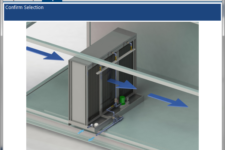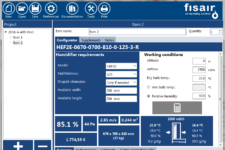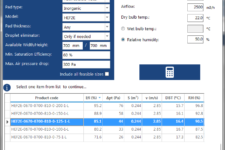Fisair has a range of solutions to add value to society, with systems that control air humidity technology according to changing conditions, systems that possess a level of control of consumption and hygiene, by precisely controlling many parameters.
We also help to boost the performance and quality of many industrial processes.
This website uses cookies so that we can provide you with the best user experience possible. Cookie information is stored in your browser and performs functions such as recognising you when you return to our website and helping our team to understand which sections of the website you find most interesting and useful.






